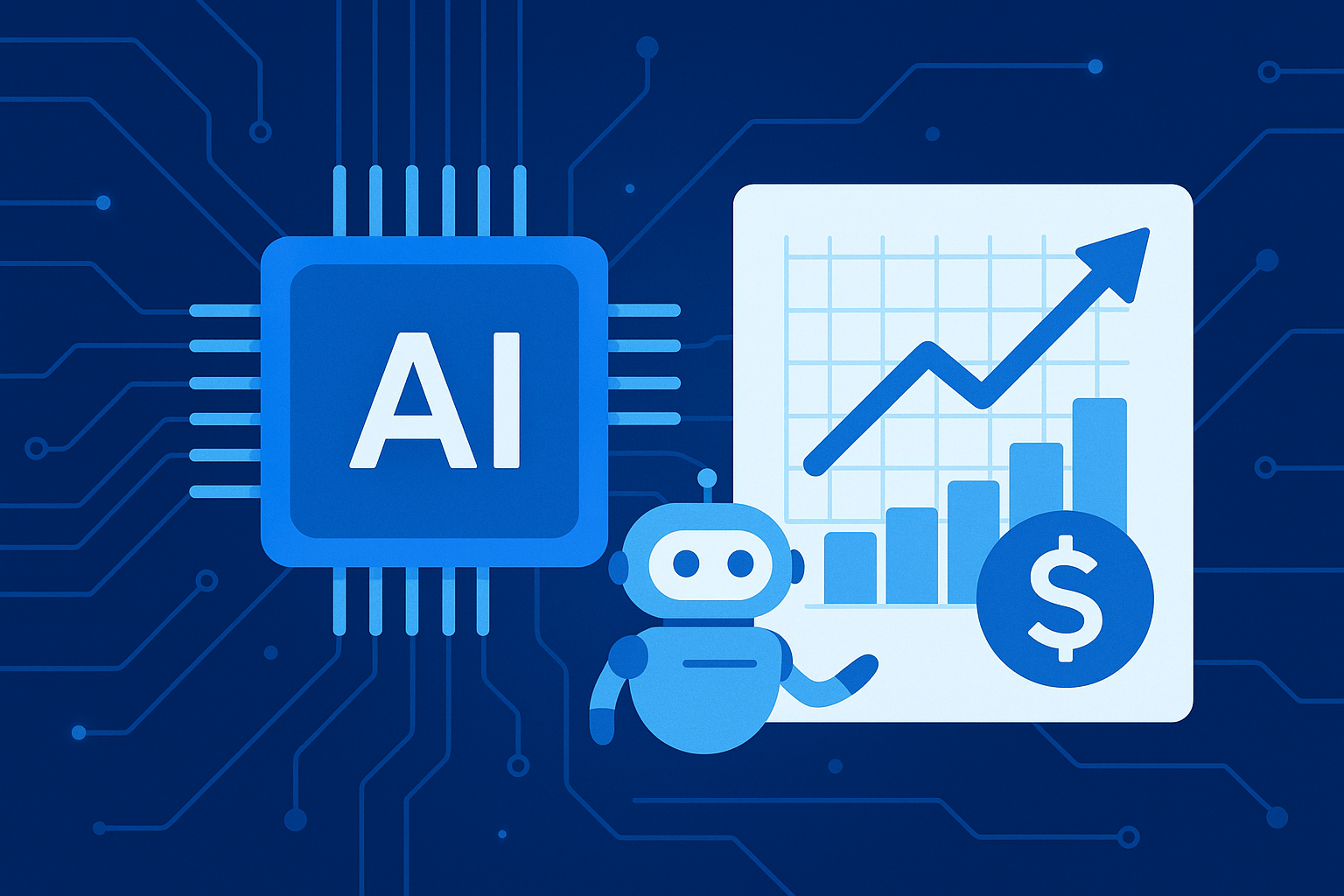
For years, automation has been the driving force behind innovation in accounting. Businesses adopted software to reduce manual work — entering invoices, matching payments, generating reports. It made finance faster and more efficient, but still fundamentally reactive.
Today, the next leap forward has arrived.
With Artificial Intelligence (AI), accounting is evolving from automation to prediction — helping business leaders not only understand what has happened, but anticipate what will happen next.
Here’s how AI accounting empowers SMEs to make smarter, faster, and more confident decisions through predictive intelligence.
Traditional accounting tells you where your business has been.
AI accounting tells you where it’s going.
By analyzing patterns in spending, revenue, and operational data, AI can forecast future outcomes with remarkable accuracy, such as:
This turns your accounting system from a recordkeeper into a strategic decision engine, guiding every major move you make.
Unlike static automation, AI doesn’t stop at “rules.” It learns.
As it processes more data — invoices, receipts, payments, and bank transactions — it identifies new patterns unique to your business.
Over time, this self-learning capability improves the accuracy of:
The longer you use it, the smarter and more personalized your insights become — creating a financial system that evolves with your business.
Most SMEs still rely on month-end reports to evaluate financial performance. But by then, it’s too late to make changes.
AI accounting eliminates that lag.
Transactions are processed in real time, dashboards update automatically, and predictive models refresh continuously — so you can:
With real-time visibility and forecasting, decision-making becomes proactive, not reactive.
AI accounting tools go beyond raw numbers — they interpret data to deliver context and direction.
For example:
“Your cash flow will dip below safe levels in two weeks if supplier payments remain at the current rate.”
“Marketing spend increased by 20%, but the return on investment grew only 8% — consider reallocating budgets.”
This kind of insight helps business leaders connect financial data to strategic action — turning accounting into a true management tool.
Predictive accounting doesn’t just optimize for growth — it mitigates risk.
AI systems can detect anomalies and warn you early about irregularities like:
This allows leaders to take corrective action before small issues become major setbacks — protecting both revenue and reputation.
When planning to open a new outlet, launch a product, or expand into another region, financial forecasting is critical — but manual projections are often unreliable.
AI provides dynamic, data-driven forecasting that adjusts as new transactions come in.
This helps SMEs:
AI turns uncertainty into insight — giving business owners the foresight they need to grow strategically, not blindly.
Predictive intelligence isn’t just for accountants.
Modern AI platforms — like ccMonet — translate complex forecasts into plain, actionable language.
Instead of reading through rows of numbers, business owners get clear, visual summaries like:
“Your profit margin is projected to increase 10% next quarter if expenses remain at current levels.”
“You can safely expand payroll by 5% without impacting cash reserves.”
By making predictive analytics understandable to everyone, AI democratizes strategic decision-making across the organization.
In uncertain economic conditions, resilience depends on foresight — not reaction.
AI equips SMEs with the ability to anticipate shifts in demand, manage liquidity, and adapt instantly to market changes.
With predictive accounting, companies can model “what-if” scenarios in real time, empowering leaders to stay agile and confident even in volatility.
Automation was the first revolution — it made accounting faster.
Prediction is the next — it makes accounting smarter.
AI-driven systems transform financial data into a living source of strategy and foresight, helping SMEs to:
Platforms like ccMonet are leading this shift, combining automation, AI analytics, and expert validation to give business owners not just data, but clarity, confidence, and control.
The future of accounting isn’t just about knowing what happened — it’s about knowing what happens next.